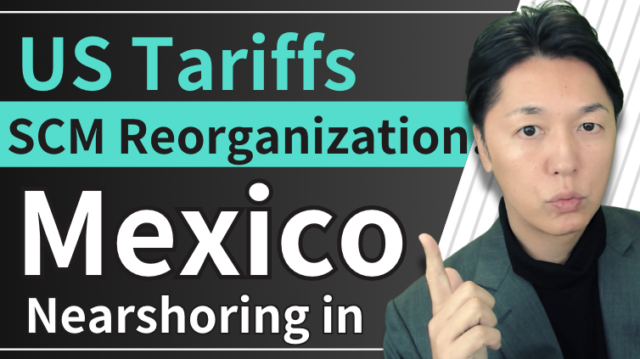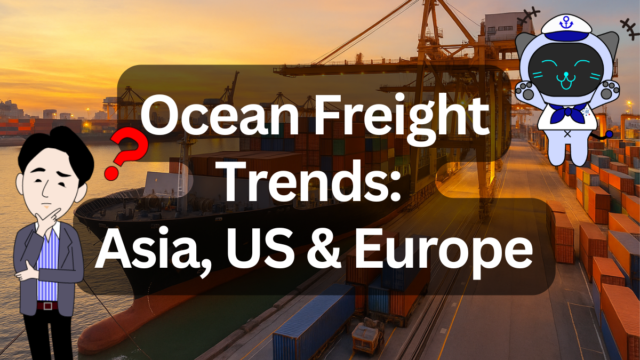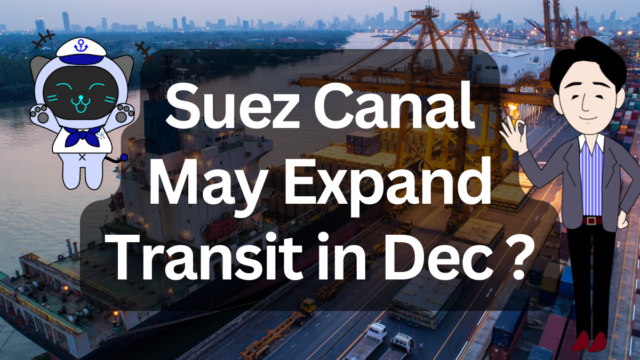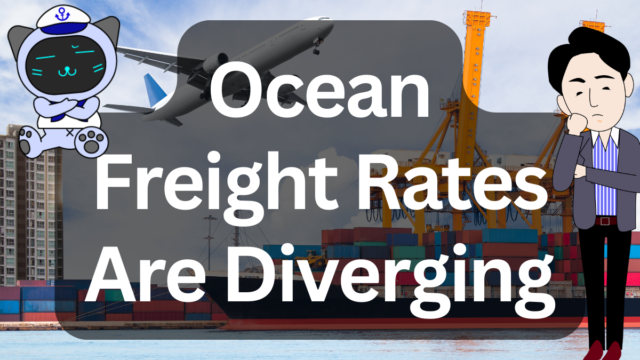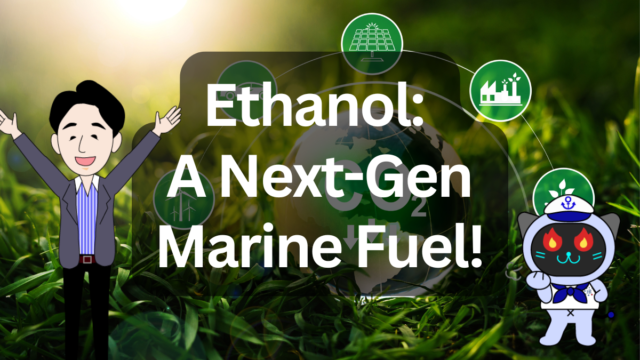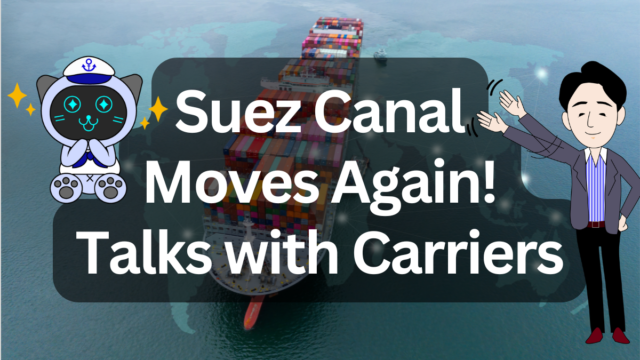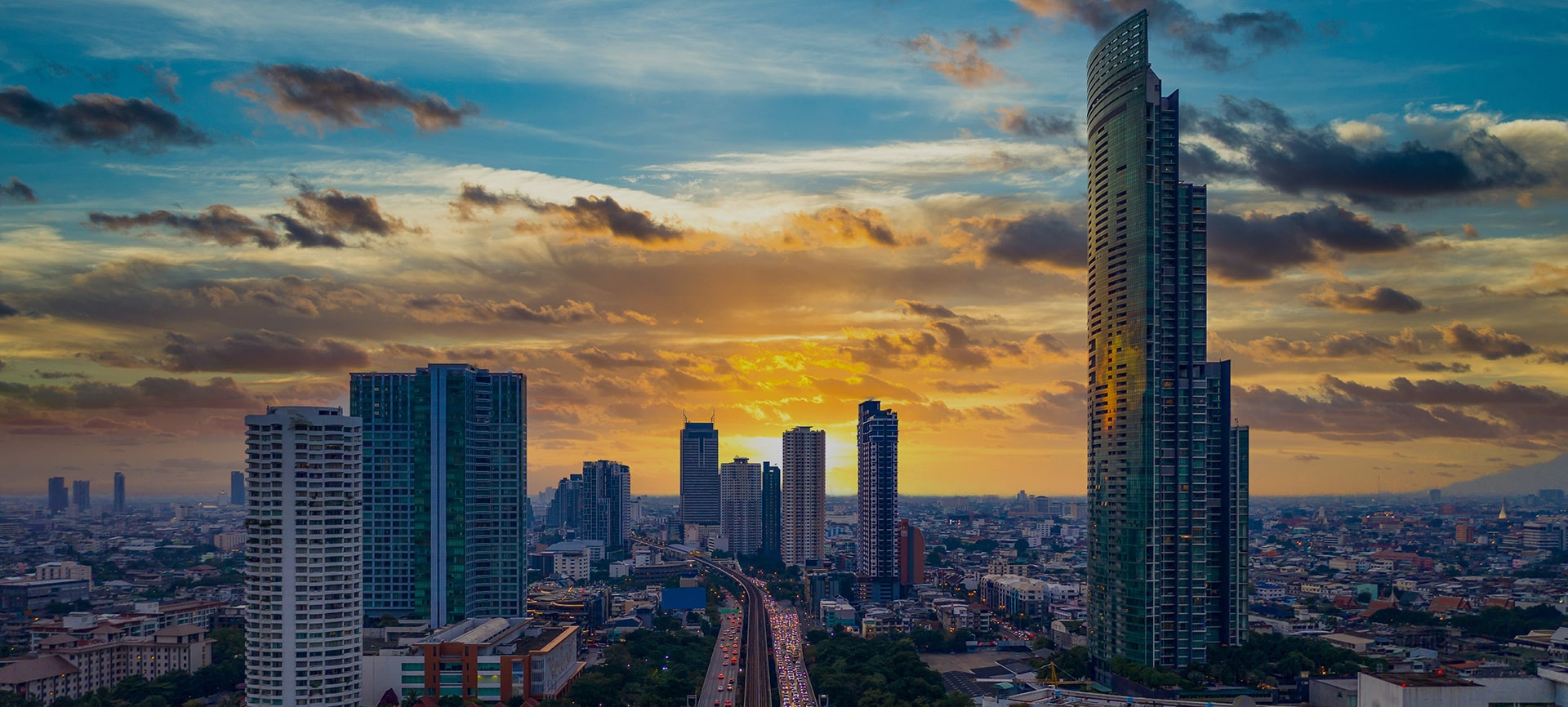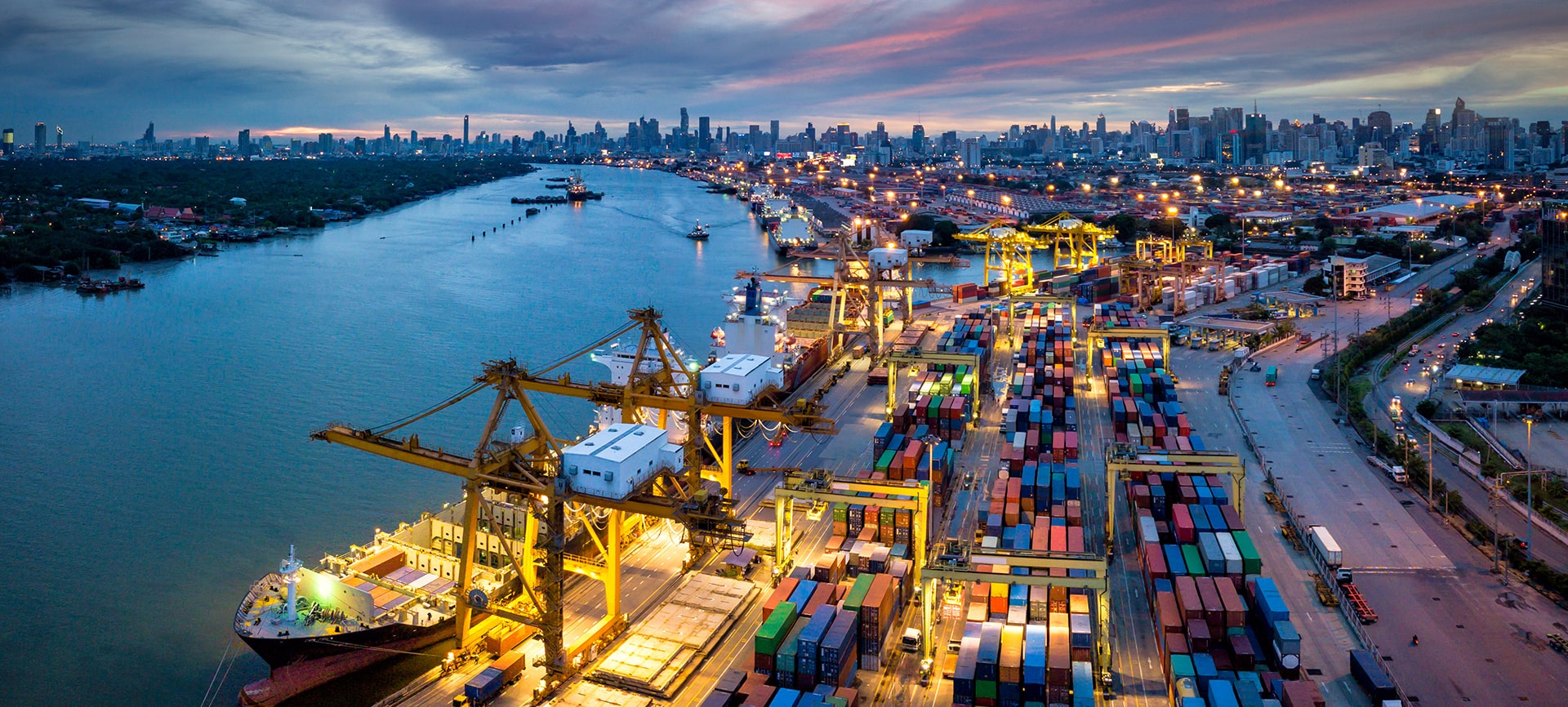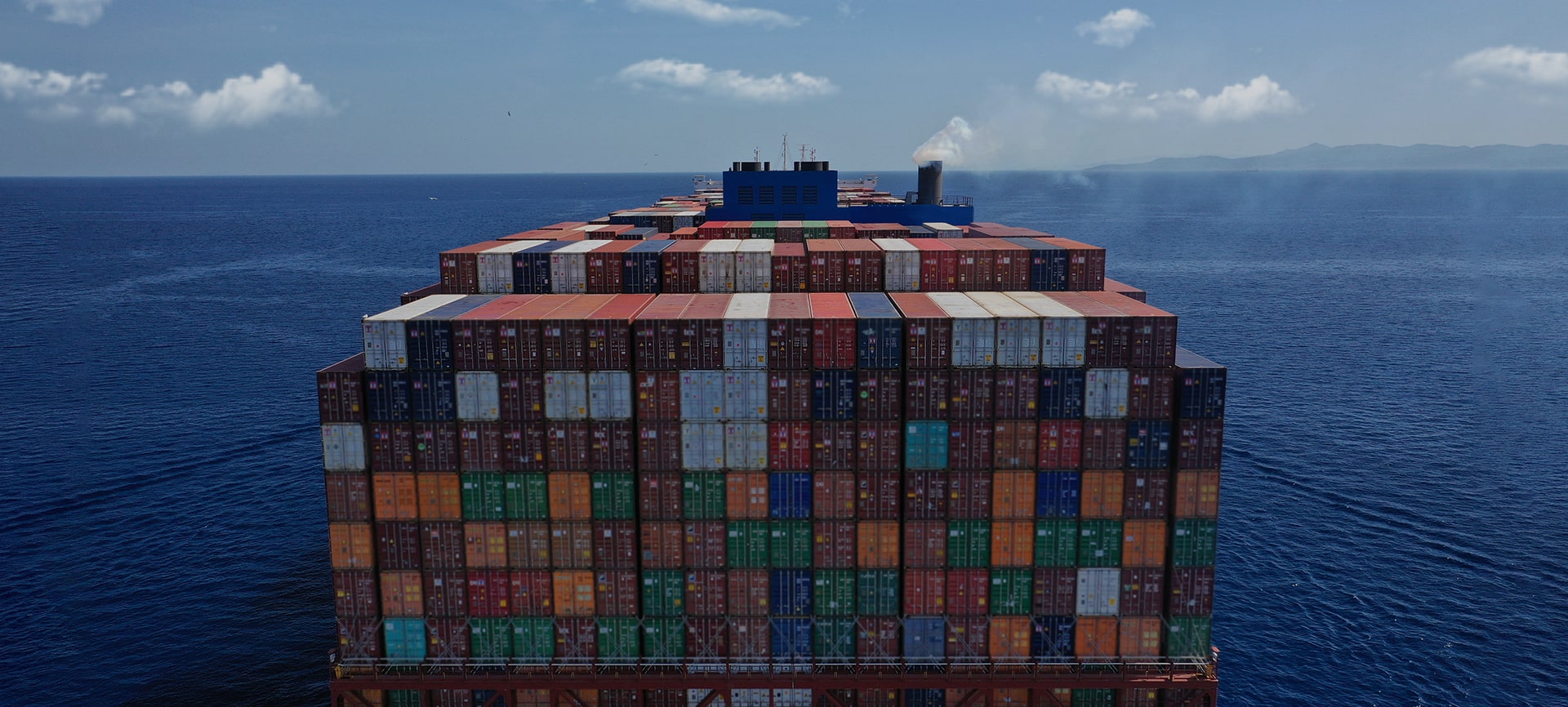Posted on: October 7, 2025 / Last updated: October 7, 2025
Maersk’s “Gemini” Reshapes Japan’s Logistics: Northeast Asia Strategy Unveiled
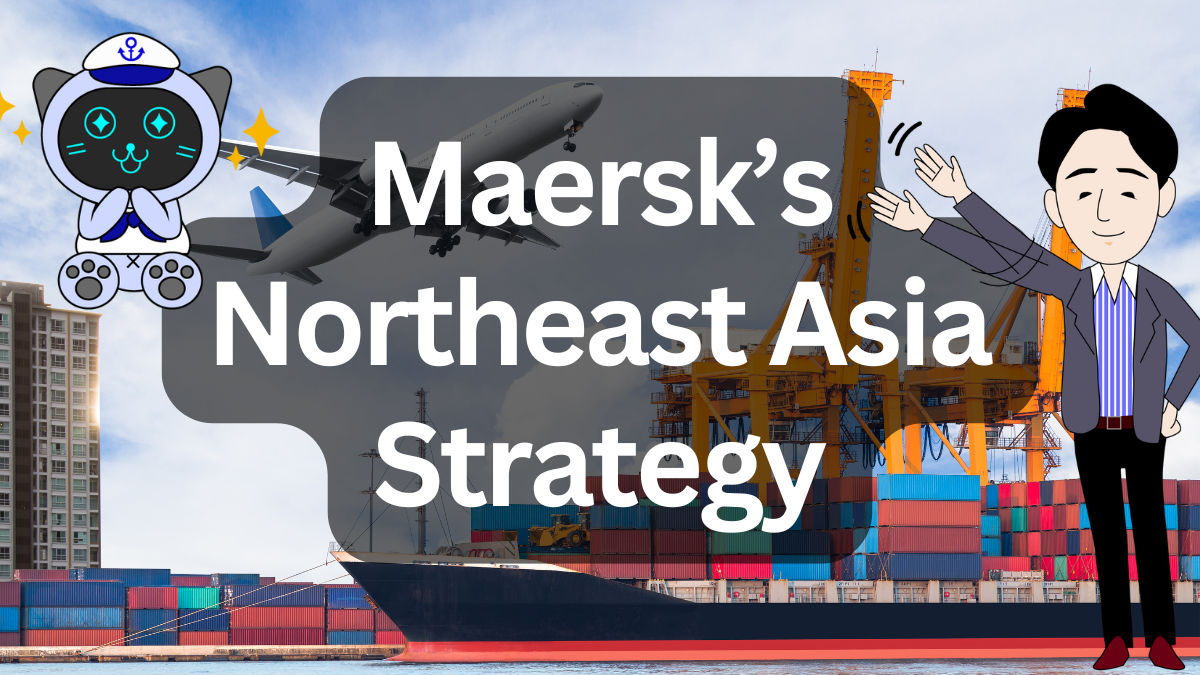
Global shipping giant Maersk has launched a new framework, “Gemini”.
Starting in February 2025, this new partnership marks a major turning point in global shipping alliances.
Based on statements from Toru Nishiyama, CEO of Maersk Northeast Asia, this article explores the company’s strategy in Japan and how it may transform the logistics landscape.
CONTENTS
Cargo Recovery and a Stronger Profit Structure
After a sluggish logistics market in 2023, cargo volumes are now recovering steadily.
Exports from Japan remain strong, and Nishiyama noted that “2025 got off to a relatively good start.”
Thanks to enhanced rate negotiation power and greater operational efficiency developed during the disruption period, the quality of earnings has improved significantly.
Punctual Operations Under the “Gemini” Framework
The new “Gemini” structure between Maersk and Hapag-Lloyd is unlike any previous alliance.
It prioritizes on-time performance, with schedule reliability already reaching nearly 90%.
In contrast to traditional mega alliances—where delays were “no one’s fault”—Gemini offers higher operational quality and visibility.
For Japanese shippers, it could become a reliable transport option.
Accelerating “Integrated Logistics” in Japan
Maersk aims to evolve from a simple carrier into a fully integrated logistics provider.
A key part of this strategy is integrating ocean transport with logistics & services (L&S).
In 2023, Maersk opened its first warehouse in Japan in Nagareyama, Chiba.
Today, it offers end-to-end logistics services—including inland transport, customs clearance, and warehouse management—in Tokyo, Nagoya, Kobe, and Moji.
By 2025, Maersk also plans to open a new warehouse in the Kansai region, strengthening its ability to meet key customer demands such as:
- Supply chain visibility
- Stable lead times
- Emergency response capability
Regional Ports and the Labor Shortage Dilemma
At the same time, regional ports are facing a serious labor shortage.
Maersk has introduced remote customs clearance in Moji and is automating drayage arrangements in Nagoya to improve operational efficiency through digital technology.
However, securing sufficient drivers and port workers remains a major challenge.
Ensuring stable logistics will require a balance between technology and workforce.
The Future of Maersk as an Integrated Logistics Company
This interview makes it clear that Maersk is shifting its focus from “transportation” to “total logistics optimization”.
Through the Gemini framework and its growing domestic logistics services—covering warehousing, customs, and inland delivery—Maersk is positioning itself as a true logistics integrator.
As a key player in global shipping, its deeper involvement in Japan’s inland logistics signals a major structural transformation for the industry.
How Forwarders Can Respond
As major carriers like Maersk provide end-to-end logistics solutions, forwarders will need to focus on local expertise and specialized support.
Offering detailed, tailored services—particularly to SMEs and regional companies—will be essential for differentiation.
The forwarding industry is now in the midst of major transformation.
Maersk’s strategy is extending beyond ocean transport, creating significant ripple effects throughout Japan’s logistics industry.


